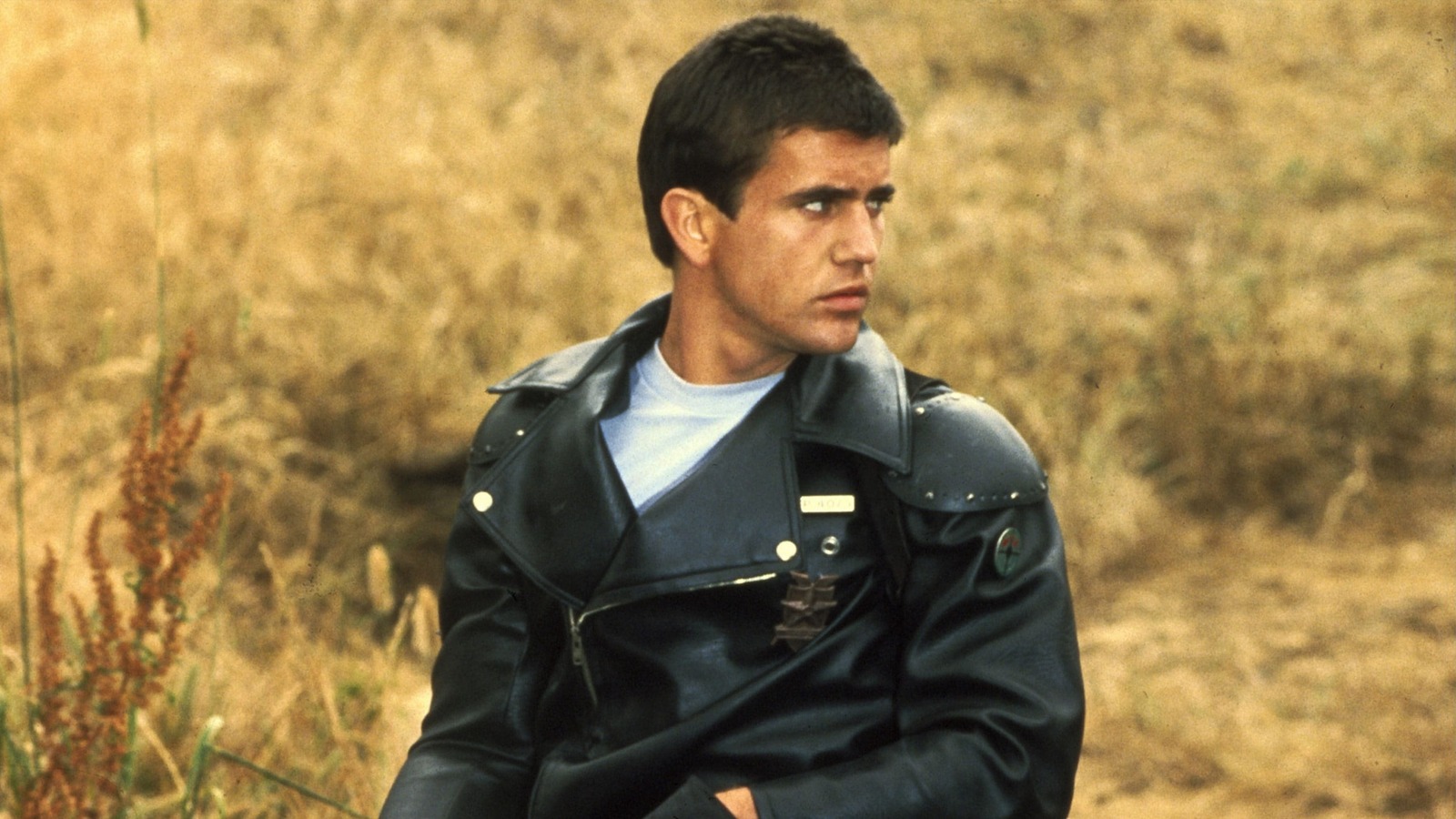
In an interview with the National Film and Sound Archive of Australia, George Miller recalls how he and Byron Kennedy did everything they could to keep within their modest budget. This necessary thriftiness extended to the lenses used to shoot the film:
"Everything was done in a very innovative, resourceful way. It meant that the lenses we had were lenses – Sam Peckinpah had shot a movie, 'The Getaway,' one of the last movies Steve McQueen had made, and he used these Todd-AO lenses which were so damaged by the car action that... they were dumped down in Australia."
Miller lucked out by obtaining those lenses. Produced by the Todd-AO company in the United States, they were high-quality equipment intended to compete with Panavision in the 35mm market. Other movies shot with Todd-AO 35 include "Conan the Barbarian" and David Lynch's "Dune," and, despite costing a fraction of the budget of those films, "Mad Max" looks just as crisp.
A lot of "Mad Max" is watching vehicles driving very fast in the middle of nowhere, and there's something about that classic 35mm letterbox format that really boosts the cinematic quality of the action. Because it looks so sharp, it also goes a long way toward disguising the film's budgetary restrictions. Once he had his footage, Miller had to cut the movie himself because they couldn't afford an editor, and there are flashes of the bold invention that would evolve into the outlandish visual feast of "Mad Max: Fury Road." With his second-hand lenses and DIY attitude, Miller proved that having little money can be a blessing; the hard work paid off as "Mad Max" racked up almost $100 million worldwide, made Mel Gibson a star, and started a successful franchise. Not bad for a movie shot with Sam Peckinpah's cast-offs.
